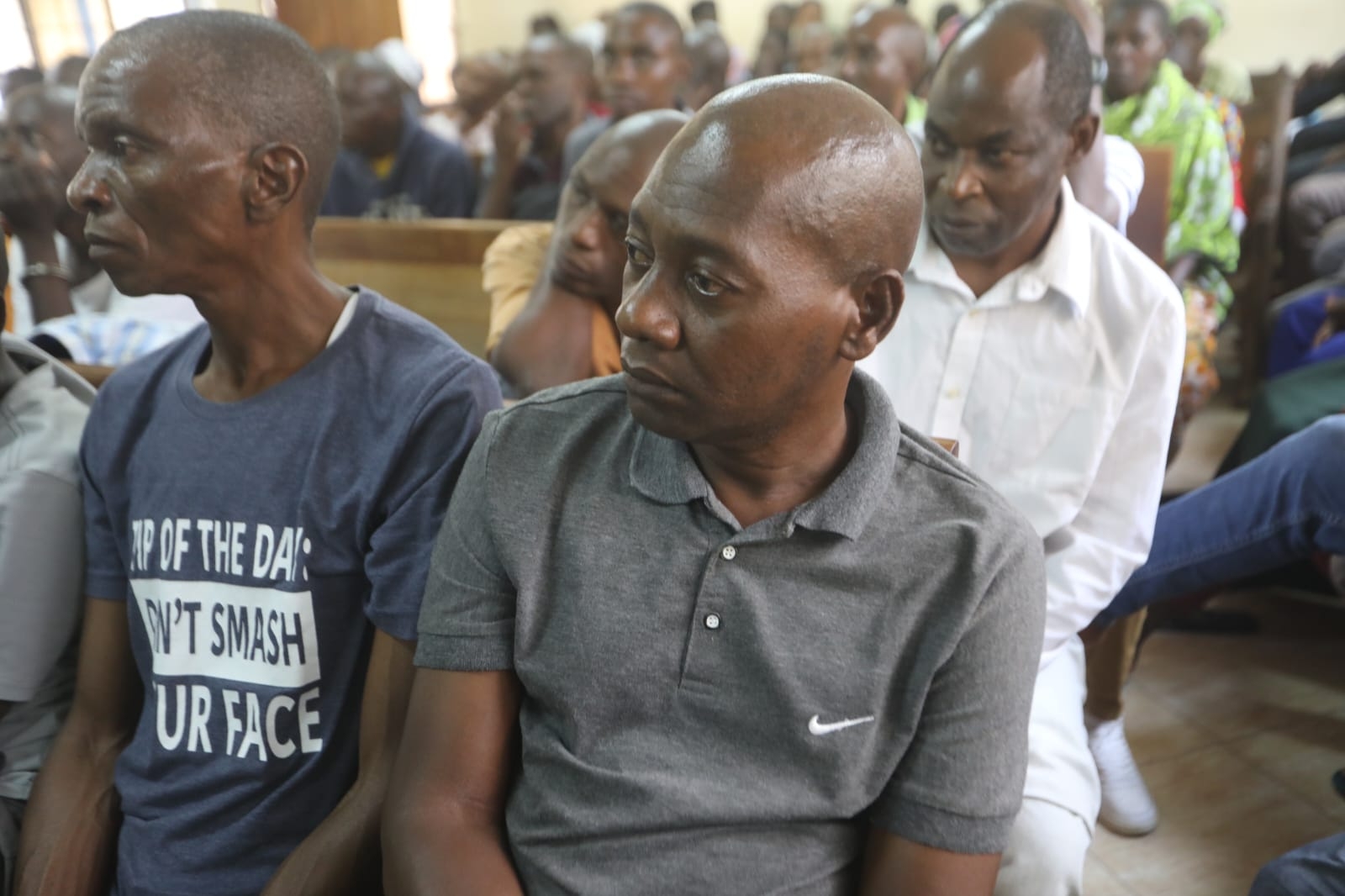Do you or someone you know snore during sleep?
Health experts have warned that snoring, gasping or choking during sleep could be a sign that they are having a sleep-related breathing disorder.
Dr Juma Bwika, a Pulmonologist at the Aga Khan University Hospital says sleep related breathing disorders arise from inefficient or ineffective breathing during sleep and may result in people having nonrefreshing sleep.
According to the medic, obstructive sleep apnoea is the most common sleep related breathing disorder mostly characterized by snoring loudly or someone feeling tired even after a full night's sleep.
Others include central sleep apnea, sleep related hypoxemia and sleep related hypoventilation.
The experts warn that sleep apnea is a potentially serious sleep disorder in which breathing repeatedly stops and starts.
This can prevent your body from getting enough oxygen.
Bwika lists risk factors of sleep apnea as obesity, being male, smoking and having cardiac problems.
“There are anatomical reasons where people have a short neck or thick neck, or big tissues inside the neck that obstruct their flow of air, or some people have fairly small or narrow mouth or the jaws being a bit pushed back and this reduces the room for air to flow during breathing in sleep,” he says.
Online medical site Mayo Clinic says the symptoms of obstructive and central sleep apneas overlap, sometimes making it difficult to determine which type you have.
It further notes that the most common symptoms of obstructive and central sleep apnea include loud snoring, gasping for air during sleep, waking up with a dry mouth, morning headache, insomnia, excessive daytime sleepiness, difficulty paying attention while awake and irritability.
“Loud snoring can indicate a potentially serious problem, but not everyone who has sleep apnea snores. Talk to your health care provider if you have symptoms of sleep apnea,” the site says.
The US National Heart, Lung and Blood Institute says breathing devices such as continuous positive air pressure (CPAP) machines and lifestyle changes are common sleep apnea treatments.
It however notes that if these treatments do not work, surgery may be recommended to correct the problem that is causing the sleep apnea.
It warns that if left undiagnosed or untreated, sleep apnea individuals may not have good quality sleep, which might in turn lead to trouble concentrating, making decisions, remembering things, or controlling their behavior.
Bwika notes that once the patient presents at the hospital, they are examined for all the risk factors that might potentially cause sleep apnea.
“Then we have a scoring questionnaire that informs us about the likelihood that a patient has sleep apnea,” he says.
The diagnosis is then made using Polysomnography, a kit that people sleep with throughout the night.
The kit measures the stages of sleep they are going through, how sleepy they are when they fall asleep and when they wake up.
“It measures their breathing effort using some belts around the torso and oxygen levels with a probe on the finger. We are also able to measure airflow during sleep and snoring with a microphone,” Bwika explains.
Since it takes a lot of effort for an individual to restart breathing many times during sleep, this can damage their organs and blood vessels hence raising the risk for conditions such as asthma, chronic kidney disease, pregnancy complications and Type 2 diabetes.












